The ancients said: you are what you eat. And modern scientists add: you are what you breathe, what you drink and what kind of land you walk on.
In their voluminous report (over 800 pages), experts from the Ministry of Nature explain in detail which cities in Russia to breathe, drink and walk can be dangerous to your health.
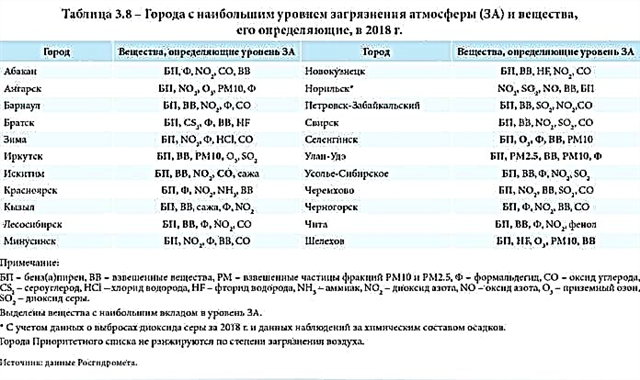
10. Shelekhov
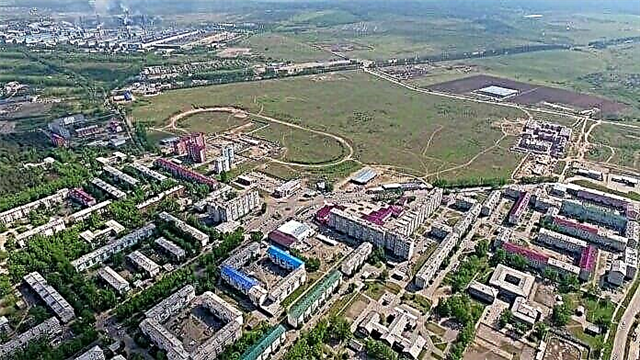 Opens a list of Russian cities with the dirtiest air is a small (47 with a small thousand people) city in the Irkutsk region. And although it has green areas - several alleys, a couple of parks, long and tree-lined boulevards - however, they cannot cope with massive air pollution.
Opens a list of Russian cities with the dirtiest air is a small (47 with a small thousand people) city in the Irkutsk region. And although it has green areas - several alleys, a couple of parks, long and tree-lined boulevards - however, they cannot cope with massive air pollution.
One of his culprits is the federal highway “Baikal” passing in the immediate vicinity of the city. It is part of a giant Asian route stretching from Moscow to China.
The second source of pollution is the aluminum smelter, which is twenty minutes walk from the city limits. Once it was he who served as the reason for the founding of Shelekhov, and now he is slowly killing him, his inhabitants and the surrounding nature.
9. Svirsk
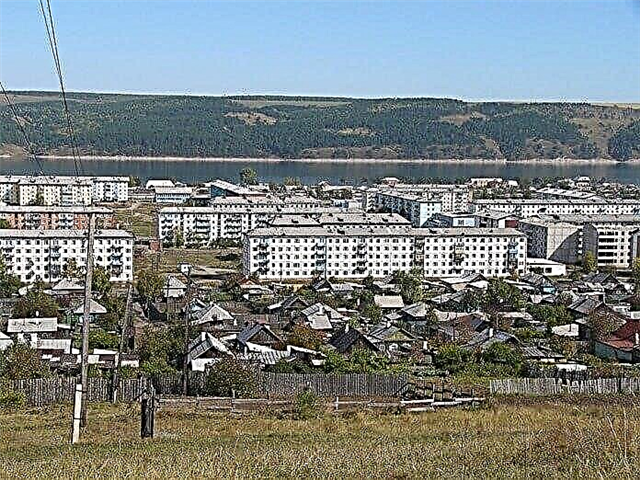 Next in terms of the number of hazardous emissions into the air is another Siberian city. It is also located in the Irkutsk region, in which many large industrial enterprises are concentrated (around which, in fact, cities arose).
Next in terms of the number of hazardous emissions into the air is another Siberian city. It is also located in the Irkutsk region, in which many large industrial enterprises are concentrated (around which, in fact, cities arose).
Svirsk could “boast” of two particularly toxic enterprises - an arsenic plant and a battery plant. And although the first one stopped producing poison back in 1949, its ruins poisoned the soil for more than 60 years. Children played on arsenic dust-covered ruins. Poisonous substances gradually penetrated everywhere - into the soil, into vegetation, into cow's milk. And only in 2013 they were finally buried in a specially made sarcophagus.
And the second, battery-powered plant continues to exist, although, of course, it has changed a lot since then. However, it was he who was mainly to blame for air pollution in Svirsk.
8. Usolye-Siberian
 Although there are several industrial enterprises in this village, he got a place among the dirtiest cities in Russia in 2019 due to an accident that happened just a year ago.
Although there are several industrial enterprises in this village, he got a place among the dirtiest cities in Russia in 2019 due to an accident that happened just a year ago.
One June evening at a chemical plant located in the city, the tank overturned. It contained a chemical compound hazardous to human life and health. As a result of the blow, the tank cracked, and a poisonous cloud broke free. And only thanks to emergency measures taken by the Ministry of Emergencies of Russia, it was possible to minimize damage to the health of residents.
We add that a year before the events described, the culprit, Usoliekhimprom, was declared bankrupt. And the perpetrators have not yet been found.
7. Barnaul
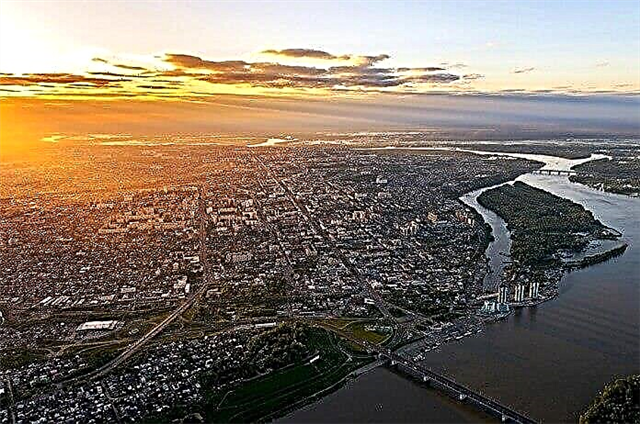 The largest city in the Altai Territory has long been suffering from air pollution. The main reason is the poor location, coupled with banal human greed.
The largest city in the Altai Territory has long been suffering from air pollution. The main reason is the poor location, coupled with banal human greed.
As for the first, Barnaul is located on a slope, its surface decreases to the Ob river. Many pollutants are heavier than clean air, so they are delayed and, as it were, “roll” down the slope, where the blocks of old buildings are located.
As a result, the townspeople who live in the city center are shrouded in smog during the cold season in calm weather.
And the second reason is associated with the location within the city limits of several large enterprises, including thermal power plants. Once, back in Soviet times, under adverse weather conditions (i.e., calm weather), the thermal power station stopped working so as not to pollute the air and not to cover the Barnaulites with a smoky cloud. Now, of course, no one does that.
And if we add automobile exhausts and smoke from chimneys to the poisonous cocktail (there are many private houses in Barnaul), it becomes clear why the city is on the list of the most ecologically unfavorable cities in Russia.
6. Angarsk
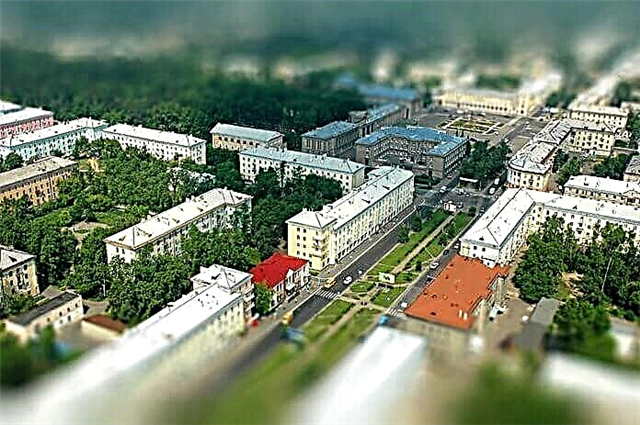 And from the Altai Territory we are again returning to the Irkutsk Region. This time we are talking about the relatively economically sound southern part of the region.
And from the Altai Territory we are again returning to the Irkutsk Region. This time we are talking about the relatively economically sound southern part of the region.
Like many Siberian cities, Angarsk emerged from a working village at a large industrial enterprise. Now he is supported by two large oil refining companies - the Angarsk Petrochemical Company and the electrolysis plant - as well as a number of others, smaller, but also related to the chemical industry. They simultaneously keep the city afloat, give its inhabitants jobs, but also poison the air and soil.
It is not possible to attribute air pollution to cars (the usual tactics of the industrial lobby), since the total number of car exhausts in the smog that covered the city is only 4.6%. And even installing high-quality modern filters helps a little. For 35 years of activity of chemical enterprises, the soil and air in the city have already been poisoned.
5. Chita
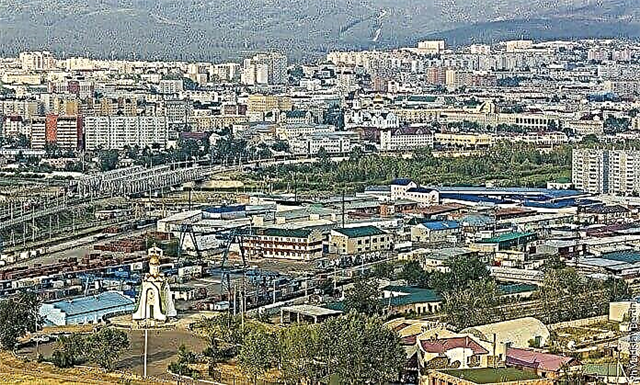 As usual, industry is to blame for the hard life of the Chintins and the sad ecological condition of the city. One of the company's subsidiaries, which appeared as a result of the reform of industrial tycoon RAO UES of Russia, is located there. In addition to it, the townspeople are also “encouraged” by emissions from a machine-building plant, a silicate plant, a reinforced concrete plant, a furniture factory, and many others. With a population of only 350 thousand people, you must admit, this is a lot.
As usual, industry is to blame for the hard life of the Chintins and the sad ecological condition of the city. One of the company's subsidiaries, which appeared as a result of the reform of industrial tycoon RAO UES of Russia, is located there. In addition to it, the townspeople are also “encouraged” by emissions from a machine-building plant, a silicate plant, a reinforced concrete plant, a furniture factory, and many others. With a population of only 350 thousand people, you must admit, this is a lot.
Perhaps, if the geographical location of the city was different, one could live relatively comfortably there. However, Peter Beketov, the founder of the city, decided to create it in the basin. As a result, the Chitins often remember him with an unkind word, because their city is not actually blown, the air in it is stagnant, in the summer the residents suffer from dust and stench from garbage and sewage, and in winter from poisonous smog. Little snow falls there, and the precipitated quickly becomes black from industrial emissions.
4. Lesosibirsk
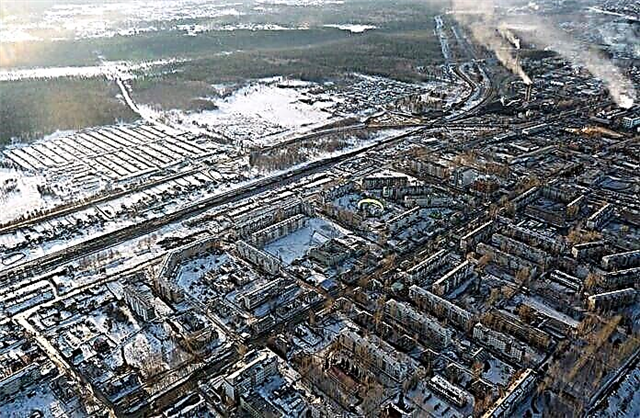 A small city with a population of only 60 thousand people has several large enterprises, mainly engaged in wood processing.
A small city with a population of only 60 thousand people has several large enterprises, mainly engaged in wood processing.
City-forming enterprise of the city is a sawmill and woodworking plant, which is considered one of the largest not only in Russia, but throughout the world. In general, for 40 km of the city there are as many as 3 industrial zones, whose enterprises emit an astronomical amount of harmful substances into the air (according to some estimates, this number is 142 kg per inhabitant of the city).
In addition to harmful substances (especially formaldehyde), wood dust is also scattered in the air.
By the way, woodworking enterprises influence Lesosibirsk not only by emissions. Citizens also suffer from the invasion of beetles who like to eat coniferous wood. And her at the woodworking enterprises, of course, is full.
3. Minusinsk
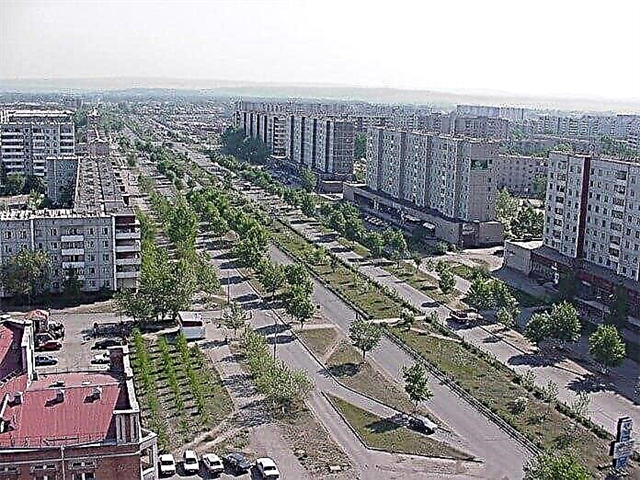 In third place in the ranking of Russian cities with the dirtiest air in 2019, there is another industrial center of the Krasnoyarsk Territory. It is located in the very center of the gigantic hollow and is closed from the winds by mountains from all sides.
In third place in the ranking of Russian cities with the dirtiest air in 2019, there is another industrial center of the Krasnoyarsk Territory. It is located in the very center of the gigantic hollow and is closed from the winds by mountains from all sides.
It is clear that this affects air quality negatively. Even despite the fact that mainly in Minusinsk are concentrated enterprises of food and light industry, which are not as dangerous to the health of citizens as heavy.
Smog hangs in a thick canopy over the city almost constantly in the cold season, because the path is closed to the winds in the tightly closed basin. Automobile exhausts and stove heating of old private houses add pains in lungs to local residents.
2. Winter
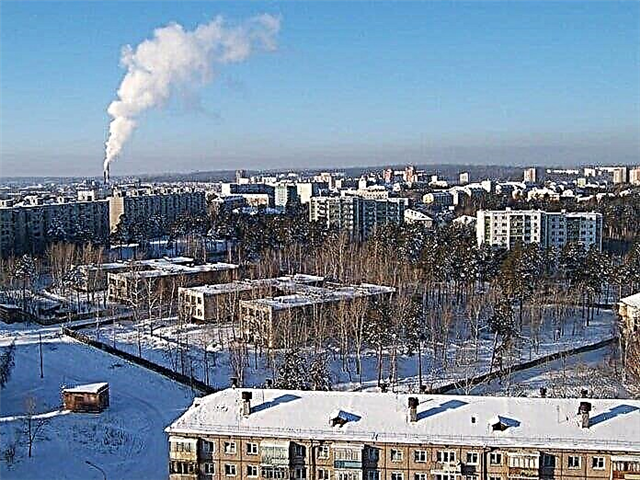 Did you think that the Irkutsk Region disappeared from the “dirty” rating? But no. In second place in the sad list of Russian cities with the most polluted air is the city with the beautiful name Zima. About 30 thousand people live there, most of which serve the railway passing through the city.
Did you think that the Irkutsk Region disappeared from the “dirty” rating? But no. In second place in the sad list of Russian cities with the most polluted air is the city with the beautiful name Zima. About 30 thousand people live there, most of which serve the railway passing through the city.
There are also several private timber processing enterprises and one fragment of the Soviet era - a chemical plant. Winter’s misfortune lies in the poor ventilation of the city, stove heating and burning of forest waste in private enterprises. All this produces a huge amount of soot, which is then breathed by the inhabitants of the city.
1. Kyzyl
 And in the first place among Russian cities with the most polluted air is the capital of Tyva. From the point of view of airing the city is located extremely unsuccessfully. Like many of the “dirty” dozens, it is located in a hollow that is covered by hills on all sides.
And in the first place among Russian cities with the most polluted air is the capital of Tyva. From the point of view of airing the city is located extremely unsuccessfully. Like many of the “dirty” dozens, it is located in a hollow that is covered by hills on all sides.
Winters are long, spring is short, and in summer the heat reaches 40 degrees. As a result, dust in the city is a pillar; Moreover, when changing seasons, real dust storms are frequent, as in some Sahara.
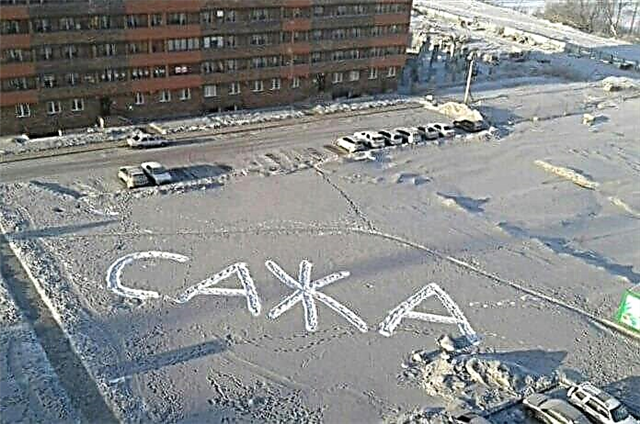 The main source of emissions is CHP, stove heating (and they will not stop using it, since it is cheaper than electricity) and, of course, cars. A mixture of emissions from thermal power plants, gasoline stench and soot and soot from coal and wood burned in stoves turn into a dangerous cocktail that can cause dangerous diseases of the respiratory system.
The main source of emissions is CHP, stove heating (and they will not stop using it, since it is cheaper than electricity) and, of course, cars. A mixture of emissions from thermal power plants, gasoline stench and soot and soot from coal and wood burned in stoves turn into a dangerous cocktail that can cause dangerous diseases of the respiratory system.












